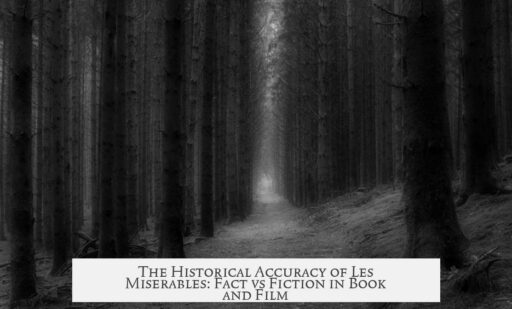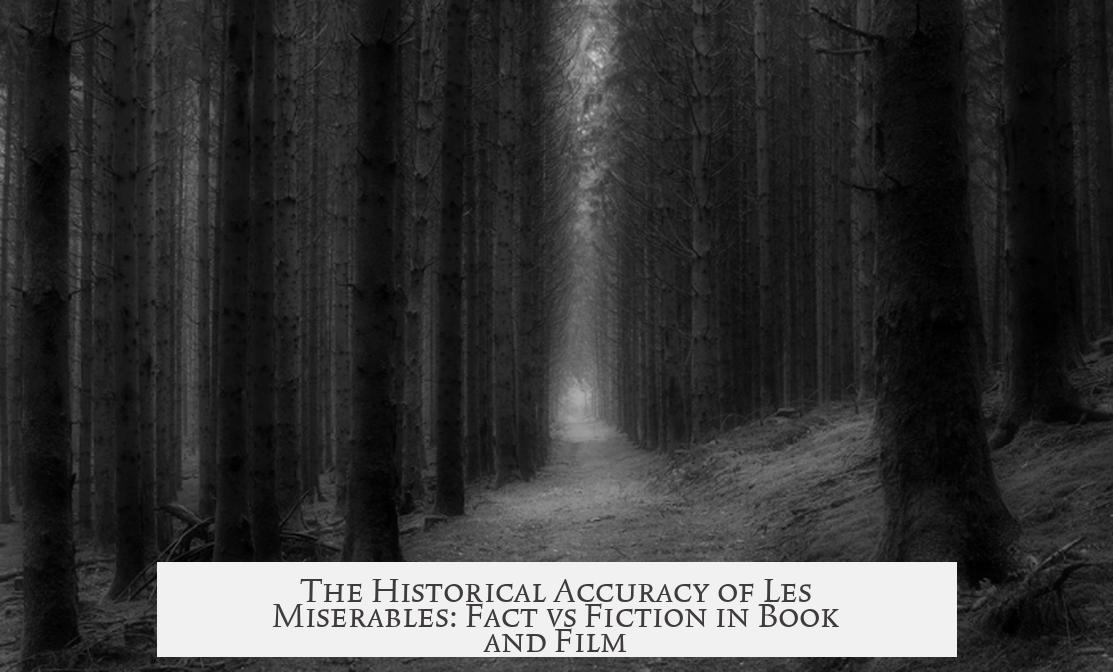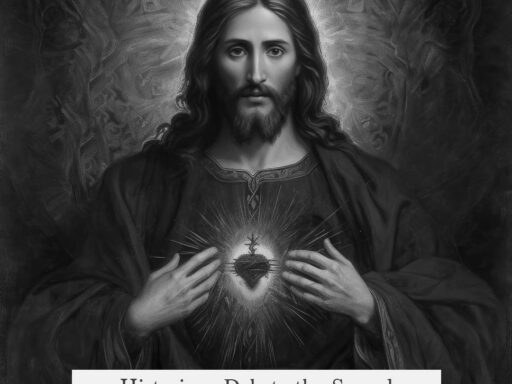Les Misérables, both the book and its movie adaptations, present a generally accurate portrayal of 19th-century France by capturing its social realities and historical context, while incorporating some creative liberties for storytelling.
Victor Hugo wrote Les Misérables with deep awareness of the social conditions during his lifetime. The novel details poverty, child labor, disease, crime, and class discrimination prevalent in France. These depictions stem from Hugo’s personal observations and knowledge of the era. While he occasionally adjusts facts to suit his narrative, the overall social atmosphere aligns closely with reality.
The story’s climactic event, the uprising of students and citizens, draws directly from the real June Rebellion of 1832. This brief anti-monarchist insurrection in Paris inspired Hugo’s fictional barricade scenes. Although the rebellion itself was a minor event in French history, it symbolizes the broader political unrest and popular demand for change that ran through 19th-century France.
Both the book and its stage and screen adaptations mirror the standard of living and social dissatisfaction common at the time. Widespread poverty and desperation fueled calls for political and social reform, themes central to Hugo’s work. The characters’ struggles portray a realistic cross-section of French society, from miserably poor laborers to principled thinkers fighting injustice.
The backdrop of Les Misérables is influenced by the French Revolution and its aftermath. Though the revolution occurred in the late 18th century, its social and political consequences shaped France well into the 19th century. This includes radical shifts in identity, language, social roles, and governance. Hugo’s narrative channels these revolutionary ideals about justice and societal reconstruction.
Understanding this environment requires knowledge beyond the novel. For example, William Doyle’s Oxford History of the French Revolution gives comprehensive insight into the broader revolutionary changes that influenced Hugo. Although Hugo’s story isn’t about the French Revolution directly, it reflects tensions rooted in that tumultuous period, especially involving class conflict and demands for equality.
The French Revolution aimed at wholesale reinvention of society, contrasting with revolutions like the American Revolution, which focused on independence from an existing authority. This difference helps clarify the social upheaval within Les Misérables, which addresses not only political change but deeper struggles revolving around social identity and justice.
For further study, detailed analyses on the historical accuracy of Les Misérables are available. They explore how events like the June Rebellion and social conditions influenced Hugo’s writing and how the novel integrates historical facts. Resources from scholarly institutions such as Stanford and Yale provide critical perspectives for readers wishing to examine these topics in depth.
| Aspect | Accuracy in Les Misérables |
|---|---|
| Social Conditions | Realistically portrayed, including poverty, labor, disease, and class struggles |
| Historical Events | June Rebellion of 1832 inspires fictional uprising; adapted for narrative drama |
| Living Standards | Fairly accurate depiction of mid-19th-century French hardship |
| Revolutionary Context | Reflects aftermath of French Revolution and societal transformation |
- Victor Hugo’s firsthand experience lends authenticity to social depictions.
- The June Rebellion of 1832 is central to the story’s climax.
- Les Misérables reflects ongoing social and political unrest post-French Revolution.
- Some narrative liberties serve dramatic purposes but do not distort core realities.
- Academic resources offer valuable context on the historical background.




